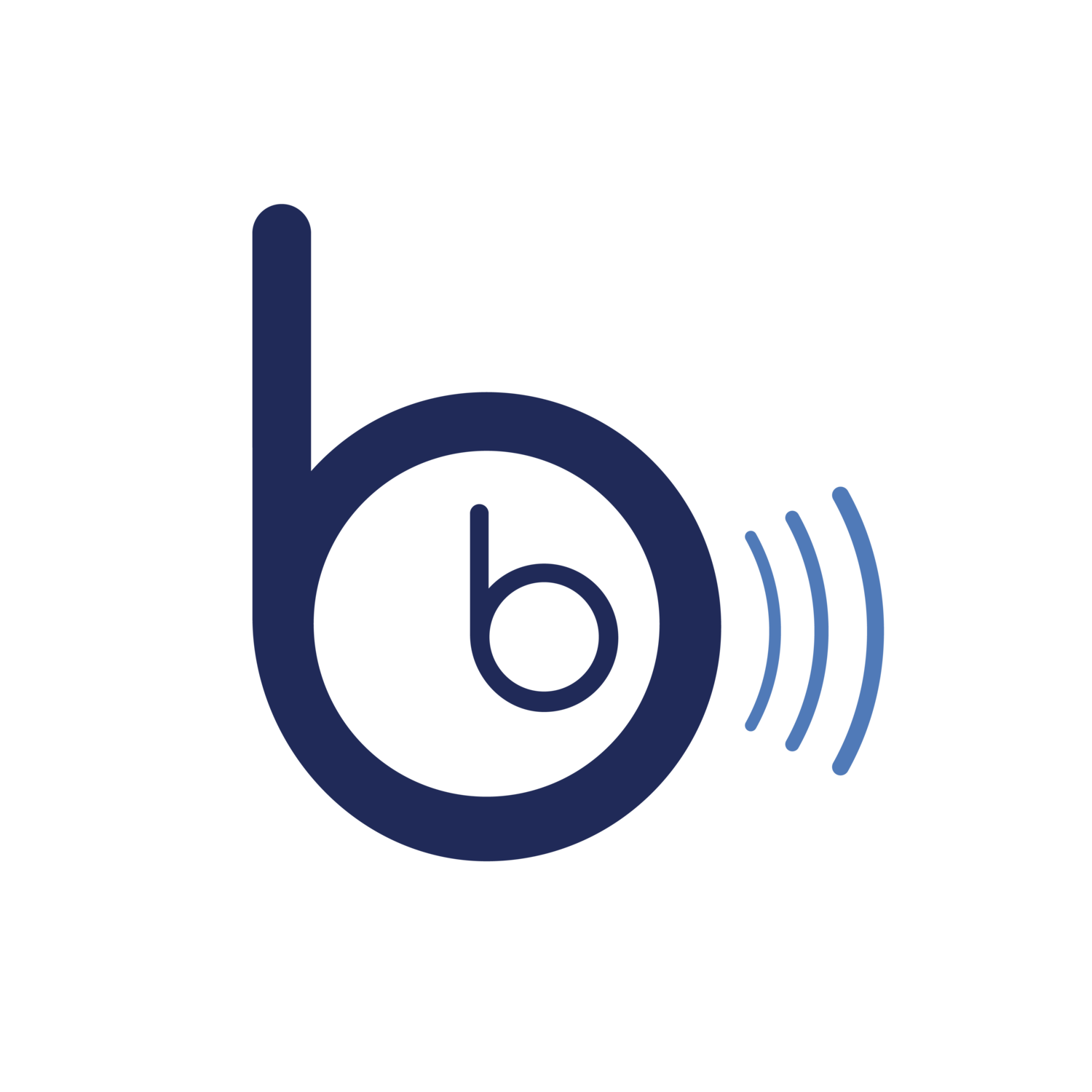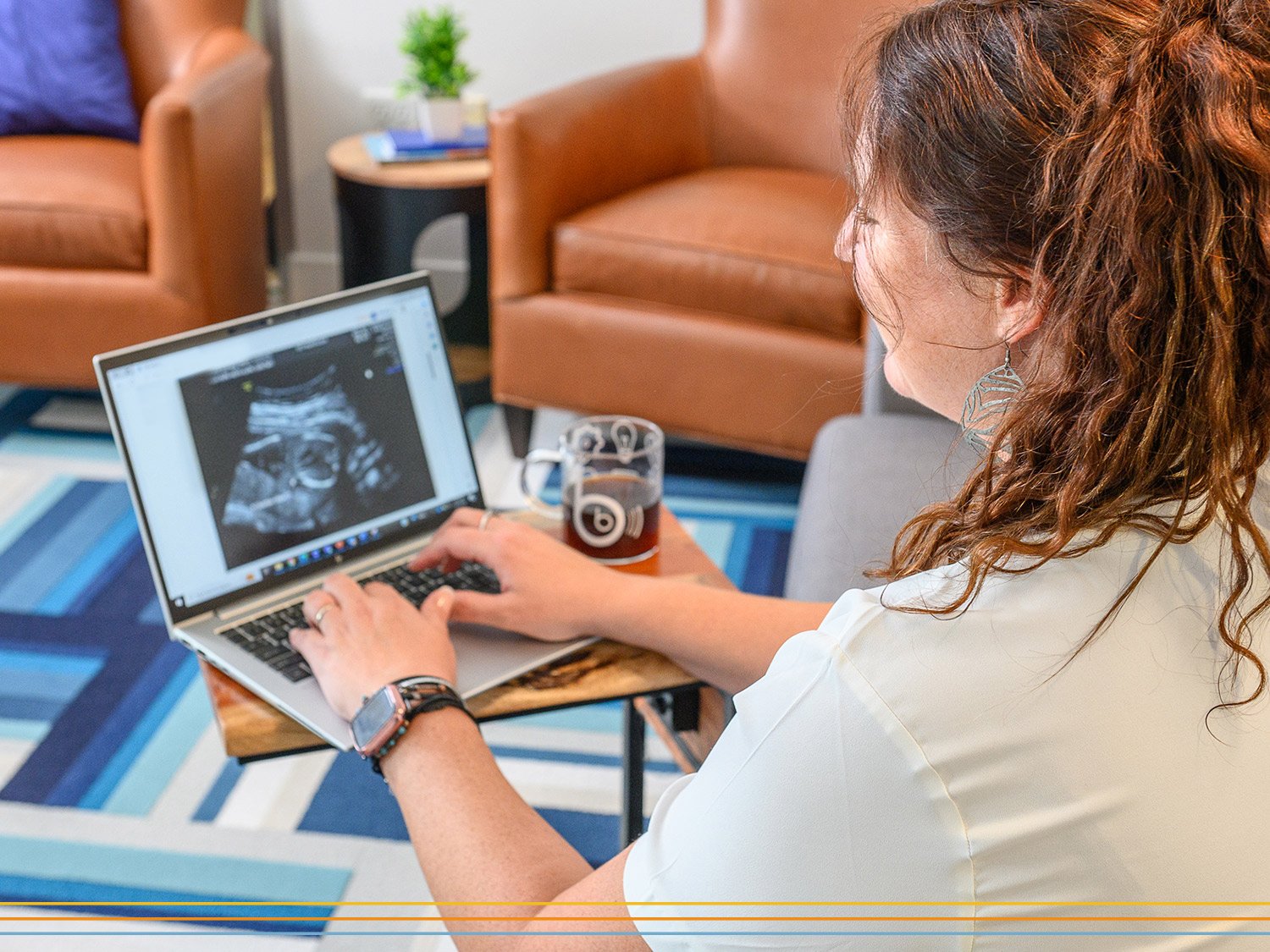4 Reasons FQHCs Need a Telesonographer®
Federally Qualified Healthcare Centers (FQHCs) play a major role in improving maternal outcomes by delivering care to low-income, rural, and minority groups. According to the Health Resources & Services Administration, more than 12,000 FQHC sites across the country cared for more than 28.6 million patients in 2020 alone. That includes nearly one‐third of low‐income women of reproductive age and 8% of all pregnant patients nationwide.
In recent years, our nation’s reliance on these centers has grown. A 2023 community health center report found 6 million more patients are visiting FQHCs, accounting for a 24% increase since 2015. This rise in dependency is mirrored by the 186 rural hospital closings between 2005 and 2022. Counties that experienced a hospital closure became more economically challenged, were more likely to experience primary and dental care shortages, and had a greater number of non-White residents.
FQHCs fill the care gap for these patients. But as other care locations continue to decrease, FQHC leaders are looking to telemedicine and technological innovation to help them continue to offer desperately needed, high-quality care.
How a Remote Ultrasound Solution Can Help
That’s where teleultrasound® enters the equation. Relying on the expertise of an experienced perinatal telesonographer, our prenatal ultrasound solution, TeleScan, enables FQHCs in any location to offer in-house ultrasound.
In brief, here’s how it works:
A designated healthcare worker learns to capture cine clips and upload them using an ultrasound machine and the TeleScan software.
Once uploaded, the cine clips are reviewed by a certified perinatal telesonographer who provides annotations and measurements and compiles a preliminary diagnostic report.
When the report is ready, the provider accesses the report through the TeleScan software. They can edit, add notes, and sign the report.
Reports are turned around in about 30 minutes, enabling the provider to relay results while the patient is still in-clinic.
Patients can also opt to have selected keepsake images sent to their phone.
By leveraging remote expertise, FQHCs realize four important benefits. Adding a telesonographer to the team...
1. Addresses the Sonographer Shortage
Hiring and retaining sonographers is increasingly difficult, with underserved and rural locations often unable to compete for top talent, and amid a sonographer shortage, the competition is fierce. From 2011 to 2021, the demand for ultrasound exams increased from 38.6 million to 59.8 million, accounting for a 55% jump. In that same time, however, the number of available sonographers increased by only 44%. To put it in starker terms, diagnostic medical sonography programs across the nation graduated 5,393 sonographers during those ten years, but they couldn’t come close to filling the 25,162 sonographer positions available.
As demand continues to outpace supply by large margins, it’s become clear that we need technology to help fill the gap and extend the reach of these invaluable experts. Adding TeleScan as an ultrasound partner provides FQHCs with access to an entire bench of telesonographers with deep expertise and experience in maternal-fetal ultrasound. These professionals:
Graduated a CAAHEP-accredited DMS program
Hold active registries in OB/GYN and Fetal Echocardiography through the ARDMS
Hold active Nuchal Translucency, Nasal Bone, and Cervical Length Education and Review credentials
Have at least two years of maternal-fetal medicine sonography experience
To the point: Adding a telesonographer to the team allows FQHCs to overcome the sonographer shortage and bypass the competition for talent.
2. Reduces Barriers and Enhances Accessibility
Many factors work against positive health outcomes in underserved communities, and they often come in the form of social and systemic barriers. Rurality, medical disenfranchisement, and social determinants of health (SDOH) like childcare, transportation, and financial constraints can all impede the provision of high-quality healthcare.
A recent study in northern Canada discovered geographic isolation from imaging facilities was an especially significant barrier for patients trying to access ultrasound imaging. Additional barriers presented themselves when travel for ultrasound became necessary, including fear of travel, isolation, financial challenges, and unfamiliarity with large cities.
To prevent undue stress and discomfort for patients, it makes sense to bring prenatal ultrasound technology to them. By enabling in-house diagnostic ultrasound, FQHCs can minimize distance to care as well as the negative side effects patients experience from travel.
Our own data shows a telemedicine approach is effective. An FQHC in Texas surveyed its patients and discovered 100% of them reported being likely to show for an appointment if ultrasound was offered. Many were true to their word, and patient compliance increased from the 70th percentile to 86% in the first three months following the implementation of TeleScan.
To the point: Adding a telesonographer to the team enables FQHCs to offer in-house ultrasound services, prioritize patient comfort, and increase appointment adherence.
3. Adds Operational Efficiency and Profitability
Non-local ultrasound appointments aren’t just hard on patients—they can often be time-consuming and chaotic for FQHCs to manage too. Working with third-party imaging centers puts FQHC staff in a middle-man role, scheduling and rescheduling appointments, chasing down reports for days (if not weeks), and laboring through a cumbersome and disjointed workflow.
In contrast, TeleScan provides a single end-to-end solution that puts FQHCs in charge of the entire patient experience. Scheduling and exams are performed in-house, and reports are turned around in 30 minutes, leaving plenty of time for a provider consultation while the patient is still in the clinic. Quicker and smoother exams also reduce appointment wait times, often by 50-75%.
Efficiency and an increase in patient compliance can also impact an FQHC’s profitability. TeleScan’s handy return on investment calculator estimates the level of ROI a facility could expect based on its billing structure. This is just an estimate, and revenues could increase substantially when services are scaled up or added to satellite clinic locations.
To the point: Adding a telesonographer to the team increases efficiency and could yield a positive return on investment.
4. Confronts Maternal Health Statistics
Everyone has seen the statistics released by the March of Dimes last year, which were well circulated by the news media. The report showed maternity care deserts are home to more than 2 million women and an additional 3.5 women live in counties with limited maternity care access. Rural and minority populations are disproportionately affected.
Slowly but surely, telemedicine is working to reverse these trends and improve outcomes in women’s health. TeleScan stands to make an important contribution to this effort by identifying high-risk pregnancies early and giving FQHC providers time to treat, monitor, and plan for a healthy delivery. That’s why telesonographers are equipped to analyze ultrasounds during all trimesters of pregnancy, including anatomy scans, growth scans, nuchal translucency exams, and biophysical profiles.
To the point: Adding a telesonographer to the team extends accurate diagnostics and maternal care to low- and no-access counties.
How to Add a Telesonographer to Your Team
FQHCs have a deep understanding of the challenges surrounding maternity care for underserved patient populations. Sonographers are difficult to hire, patients experience a variety of barriers to care, clinical operations can get messy, and maternal health statistics are disheartening.
But telesonography provides a truly effective ultrasound solution for FQHCs, and adding a telesonographer to the team can provide a host of benefits for providers, patients, and facilities alike.

